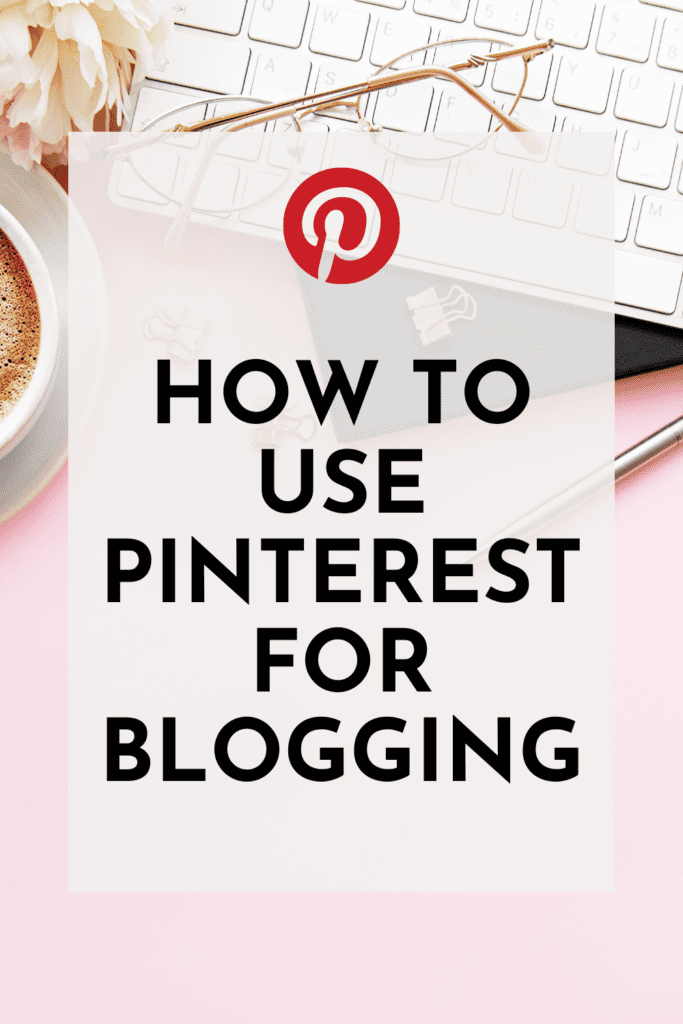how to use pinterest for blogging
Pinterest started out as a straightforward photo-sharing website but has now developed into a potent tool for bloggers looking to expand their following, increase traffic, and increase user engagement. With more than 450 million active users each month, Pinterest is a fantastic chance to increase the audience for your blog. We’ll look at how to use Pinterest for blogging in this tutorial, along with some concrete measures you can do to use Pinterest to expand your blog.
Why Pinterest is Crucial for Bloggers.
Though it’s frequently disregarded as just another social media site, Pinterest functions as a visual search engine. Pinters use Pinterest to find inspiration, ideas, and answers, which makes it the perfect platform for bloggers to advertise their work. This is the reason it’s crucial:
Long-term Traffic:
Pins on Pinterest can continue to drive traffic for months or even years, in contrast to other platforms where material disappears rapidly.
Targeted Audience:
People who use Pinterest are more likely to click on blog posts because they are usually looking for information that can be put to use.
Benefits of SEO:
Because Pinterest functions similarly to a search engine, you may increase the visibility of your material by optimizing it with relevant keywords.

Step-by-Step Guide to Using Pinterest for Blogging.
- Open a business account on Pinterest.
Make an account on Pinterest Business first. You can use the tools and statistics available with this kind of account to better understand the performance of your pins. - Make Your Profile Better.
Your blog should be reflected in your Pinterest profile. Make sure your bio contains relevant keywords and presents a professional picture for your blog. This will increase the visibility of your account in search results. - Establish Related Boards.
Create Pinterest boards for your content organization. Every board ought to be focused on a particular topic that is associated with your blog. If you run a fitness blog, for instance, you may create boards titled “Workout Tips,” “Healthy Recipes,” or “Fitness Motivation.” - Create Superior Pin Designs.
Make clickable and aesthetically pleasing Pinterest pins to entice people to check out your blog. Create pins with eye-catching images, legible fonts, and vibrant colors by using Canva or other similar tools. Ensure that the arrangement of your pins is vertical for optimal effectiveness. - Craft Pin Descriptions That Are SEO-Optimized.
Similar to Google, Pinterest shows visitors relevant information based on keywords. Put relevant keywords related to your blog content in the description of each pin. To increase the discoverability of your pins, include hashtags as well. - Sign up for Tailwind Tribes and Group Boards.
Join Tailwind Tribes and Pinterest group boards to increase your reach. Through these forums, you may connect with other bloggers and share your material with a wider audience. - Always Pin.
When it comes to Pinterest, consistency is essential. Pin frequently; try to post ten to fifteen pins per day. Tailwind is one of the tools you may use to schedule pins and save time. - Examine and Modify.
Utilize Pinterest Analytics to track your pins’ effectiveness. Examine the pins that receive the highest interaction and try to emulate their success in next postings. Based on what works best for your audience, modify your approach.
Pinterest SEO Tips for Bloggers.
Use Rich Pins: If you want to add more information to your pins, such as the blog title and meta description, enable rich pins. - Keyword Research: Use Pinterest to do keyword research by entering relevant terms into the search bar and viewing the results.
- Optimize Pin Images: In addition to having appropriate file names and keyword-rich alt text, your pins should be eye-catching visually.
FAQ’s on Using Pinterest for Blogging.
A1: Is Pinterest genuinely able to boost traffic to my blog?
Indeed, Pinterest has a reputation for bringing in a lot of traffic to blogs, particularly when you have visually appealing and search engine optimized pins.
Q2: How frequently should I pin in order to increase blog traffic?
It’s important to pin consistently. Try to pin ten or more times a day. Tailwind and other scheduling apps might assist you in keeping a regular pinning schedule.
Q3: Do I really need Rich Pins, and what are they?
Rich Pins are upgraded pins that automatically display more information, such as the title of your blog post. They are suggested for bloggers and increase the visibility of your material.
Q4: Should I limit my pinning to my own blog entries?
No, it’s better to blend your own and other people’s content when you pin. As a result, your Pinterest profile becomes more interesting and balanced, gaining you more followers.
Q5: How can I determine which pins are bringing in visitors to my blog?
Utilize Pinterest Analytics to monitor how well your pins are performing. You can observe which pins receive the most impressions and how many people clicked on a pin to visit your site.
In summary
For bloggers trying to increase their readership and increase traffic to their website, Pinterest is a priceless resource. You may greatly increase the visibility of your blog by making the most of Pinterest’s SEO capabilities, optimizing your profile, and producing interesting material.
Put this guide’s advice into practice, and watch the power of Pinterest grow your blog!

